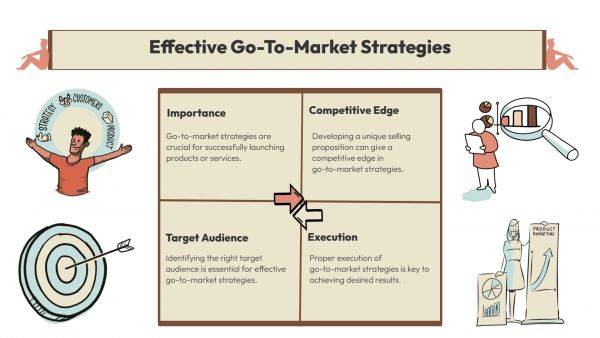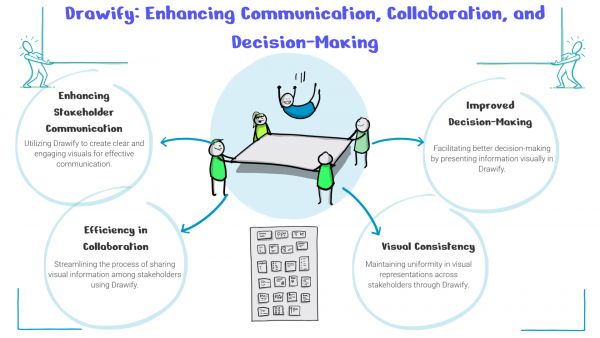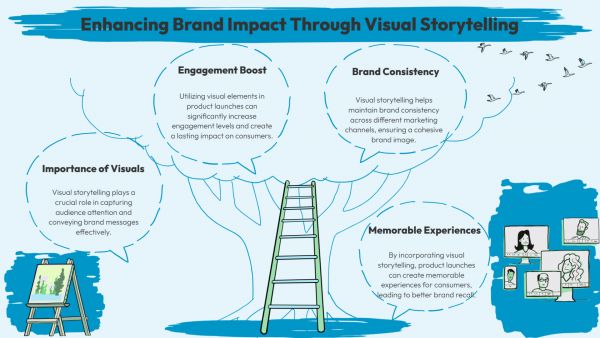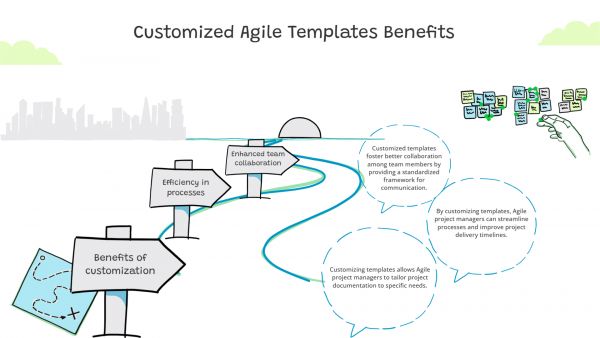Whether you've got stories to tell or art to create, there's a place for you here.

Product Managers
Creating User Story Maps Easily
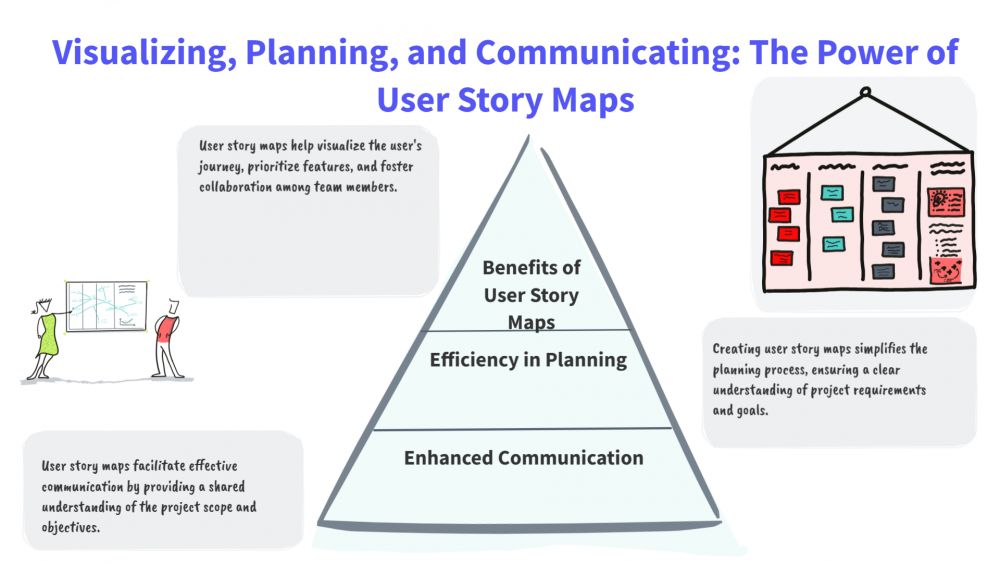
-
ARAnshu Raj- Founder & CEO, Drawify
-
Sep 29, 2025 5 min read
Collaboration and clarity are important in the fast-paced product development environment nowadays. To visualise workflows, coordinate stakeholders, and make sure product features provide genuine value, agile teams rely on user story maps. However, creating these maps by hand can be difficult and time-consuming. To make the process of developing user story maps simple, effective, and captivating, Drawify, a visual storytelling platform, comes into action.
What is a User Story Map:
To illustrate the user's path through a product, user stories are organised using a visual framework called a user story map. It draws attention to important tasks, objectives, and features while highlighting any planning flaws or repetitions. Story maps are implemented by development teams, UX designers, and product managers to:
- Visualize the user’s experience
- Prioritize features effectively
- Align cross-functional teams
- Improve product roadmaps
Visual story mapping allows teams to concentrate on providing value instead of merely completing backlog tasks.
Why Make User Story Maps using Drawify:
Text-based papers and spreadsheets are examples of traditional technologies that often fall short of expressing a product's general appearance. This procedure is revolutionised by Drawify by providing:
- Customizable Templates: Ready-to-use templates accelerate your mapping.
- Drag-and-Drop Illustrations: With drag-and-drop images, you can create captivating story maps without knowing how to design.
- Collaborative Features: Teams can work together to create and modify maps.
- Visual Storytelling Elements: To improve the understanding of user experiences, include diagrams, icons, and illustrations.
Drawify allows you to construct a universally understood visual language rather than just a map.

How to Create User Story Maps with Drawify:
Drawify makes story map creation easy and versatile. Here's a methodical approach:
1. Define the User Journey:
The first step is to determine the main actions your consumer does when using the product. Make use of Drawify's visual components to effectively convey each milestone.
2. Incorporate User Stories:
Add user stories outlining the tasks or requirements for each phase. These stories can be customised by dragging and dropping customisable shapes, sticky notes, and drawings.
3. Give Features Priority:
Stories should be arranged vertically to indicate priority. Teams can quickly differentiate must-have features from nice-to-haves thanks to Drawify's simple framework.
4. Work Together and Improve:
Encourage team members to contribute suggestions, feedback, or rearrange components.
5. Finalize and Share:
You may share your story map with development teams, clients, or leadership by exporting it as a visual document or presentation.
Benefits of Using Drawify for Story Mapping:
- Saves time with ready-made templates.
- Boosts collaboration by engaging all stakeholders.
- Increases clarity with visuals that simplify complex workflows.
- Improves communication across design, product, and development teams.
- Enhances engagement with visually appealing maps.
Teams may increase the efficiency and engagement of product planning by substituting visual narrative mapping in Drawify for conventional backlog grooming sessions.
User story maps don't have to be hard to design. Drawify's visual templates and user-friendly tools make it simple for teams to turn disorganised ideas into well-organised user experiences. Product managers, UX designers, and agile coaches may all benefit from Drawify's power to efficiently map, prioritise, and convey user stories, which transforms teamwork into an enjoyable and smooth process.
To make product planning easier, start utilising Drawify for user story maps right now. It will help you realise your product vision with impact and clarity.
- Events
- Workshops
- Visual Storytelling
- How to video
- Communities
- Sketchnoting
- Templates
- UX Designers
- Agile Professionals
- Product Managers
- Freelance Graphic Designers
- Creative Tech Enthusiasts
- Online Course Creators
- Social Media Content Creator
- Creative Agency Owners
- Marketing Professionals
- EdTech Professionals
- Scrum Masters
Come, Be Part of Something Special
-
Got ideas that need visual superpowers?
Jump in and start creating presentations and communications that people actually remember.
Sign In -
Are you an artist ready to grow?
Join our Drawifier family and focus on what you love most - creating art that matters.
Become a Drawifier
Get visualisation tips every week
Subscribe to the Drawify Newsletter, and feed your creativity with visualisation tips and techniques, as well as the latest Drawify workshops, news and resources.
